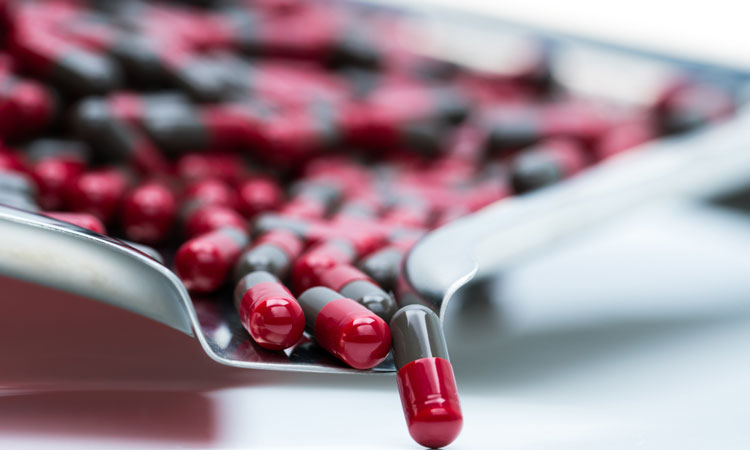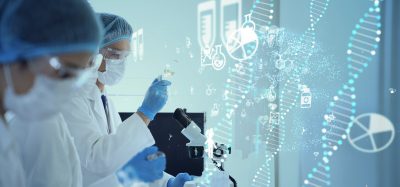The greener alternative for drug production
Researchers have developed a method using environmentally-friendly water and stable bonding between carbon and manganese instead of highly reactive metals…
Drug production is a hugely cost-intensive process that can generate large amounts of waste product. Researchers at the University of Göttingen have now succeeded in developing a resource-saving “green” alternative.
Professor Lutz Ackermann and his research team developed a strategy that is environmentally friendly. The research team from the Institute of Organic and Biomolecular Chemistry at the University of Göttingen offer major advantages over methods currently used by researchers in the pharmaceutical industry.
In place of noble transition metals such as palladium or platinum, a naturally occurring, non-toxic metal called manganese is employed. Traditionally, organic solvents, which are highly flammable and toxic, were also used in the process of production.
The research team also makes use of environmentally-friendly water, which is possible because of a manganese-carbon bond forming in the reaction. The bond that is formed is considerably more stable than comparable bonds between carbon and the highly reactive metals lithium or magnesium.
“The new process makes it possible to cleave a single strong carbon-carbon bond, of which organic compounds contain a large number, and convert it into the desired product,” said Prof Ackermann.
In order to achieve the results, experimental laboratory investigations were combined with computer-aided calculations.
“This allowed us to gain detailed insight into the exact mode of action of the catalyst. And this in turn enables us to use the process to manufacture other materials,” he said.
These methods could be used in the production processes in areas other than drug production, such as in developing pesticides and smartphone displays.
The research team wrote how the versatile carbon bonding has ‘excellent’ levels of chemo- and position-selectivities, and sets the stage for ‘versatile carbon-carbon allylations, carbon-carbon alkenylations and carbon-carbon alkylations in water’.
The X-ray crystallographic coordinates for the structure of the compound was deposited by the researchers at the Cambridge Crystallographic Data Centre (CCDC), deposition number 1871580.
The researchers published the results of the study in the journal Nature Catalysis.










